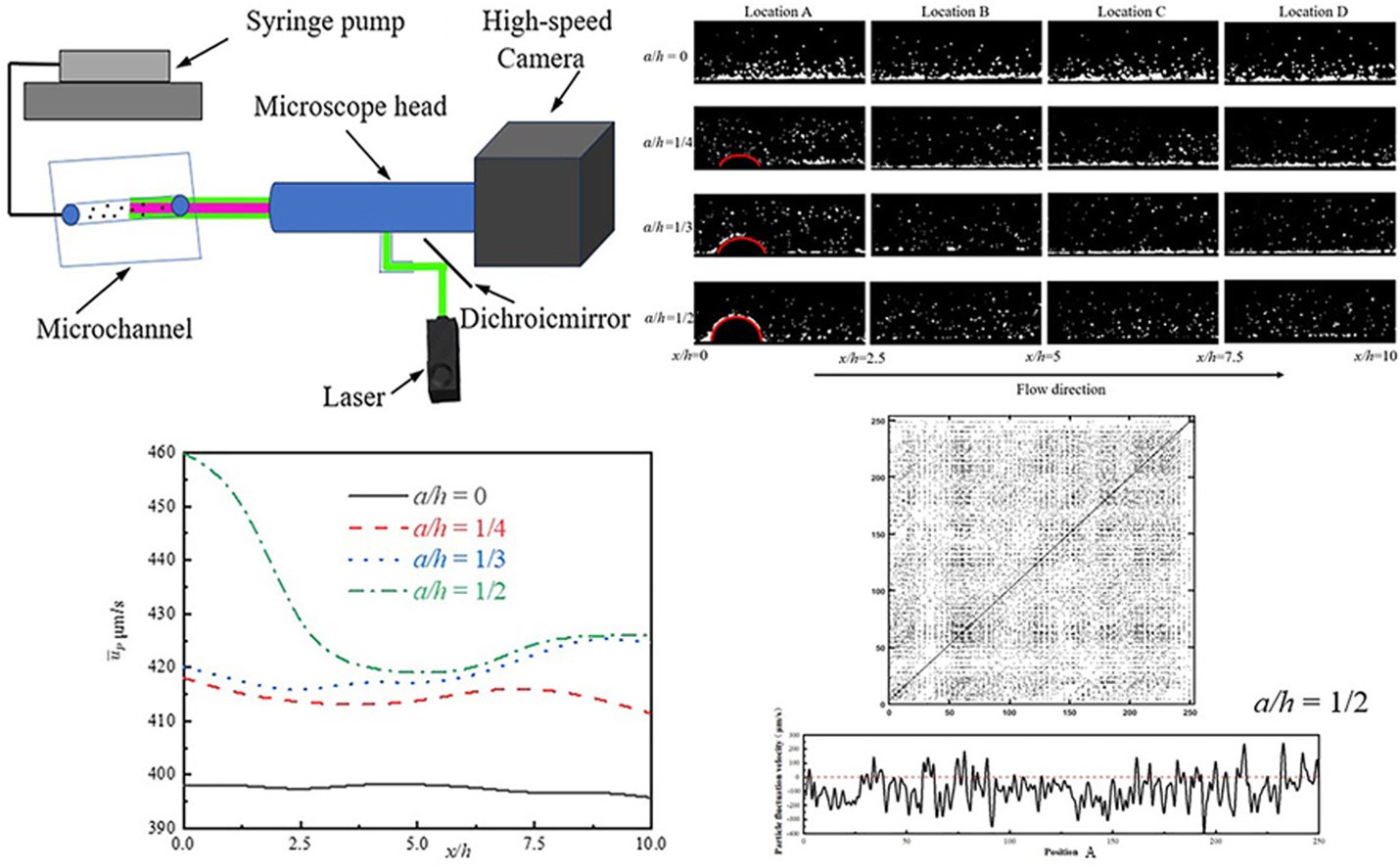- Volumes 96-107 (2025)
-
Volumes 84-95 (2024)
-
Volume 95
Pages 1-392 (December 2024)
-
Volume 94
Pages 1-400 (November 2024)
-
Volume 93
Pages 1-376 (October 2024)
-
Volume 92
Pages 1-316 (September 2024)
-
Volume 91
Pages 1-378 (August 2024)
-
Volume 90
Pages 1-580 (July 2024)
-
Volume 89
Pages 1-278 (June 2024)
-
Volume 88
Pages 1-350 (May 2024)
-
Volume 87
Pages 1-338 (April 2024)
-
Volume 86
Pages 1-312 (March 2024)
-
Volume 85
Pages 1-334 (February 2024)
-
Volume 84
Pages 1-308 (January 2024)
-
Volume 95
-
Volumes 72-83 (2023)
-
Volume 83
Pages 1-258 (December 2023)
-
Volume 82
Pages 1-204 (November 2023)
-
Volume 81
Pages 1-188 (October 2023)
-
Volume 80
Pages 1-202 (September 2023)
-
Volume 79
Pages 1-172 (August 2023)
-
Volume 78
Pages 1-146 (July 2023)
-
Volume 77
Pages 1-152 (June 2023)
-
Volume 76
Pages 1-176 (May 2023)
-
Volume 75
Pages 1-228 (April 2023)
-
Volume 74
Pages 1-200 (March 2023)
-
Volume 73
Pages 1-138 (February 2023)
-
Volume 72
Pages 1-144 (January 2023)
-
Volume 83
-
Volumes 60-71 (2022)
-
Volume 71
Pages 1-108 (December 2022)
-
Volume 70
Pages 1-106 (November 2022)
-
Volume 69
Pages 1-122 (October 2022)
-
Volume 68
Pages 1-124 (September 2022)
-
Volume 67
Pages 1-102 (August 2022)
-
Volume 66
Pages 1-112 (July 2022)
-
Volume 65
Pages 1-138 (June 2022)
-
Volume 64
Pages 1-186 (May 2022)
-
Volume 63
Pages 1-124 (April 2022)
-
Volume 62
Pages 1-104 (March 2022)
-
Volume 61
Pages 1-120 (February 2022)
-
Volume 60
Pages 1-124 (January 2022)
-
Volume 71
- Volumes 54-59 (2021)
- Volumes 48-53 (2020)
- Volumes 42-47 (2019)
- Volumes 36-41 (2018)
- Volumes 30-35 (2017)
- Volumes 24-29 (2016)
- Volumes 18-23 (2015)
- Volumes 12-17 (2014)
- Volume 11 (2013)
- Volume 10 (2012)
- Volume 9 (2011)
- Volume 8 (2010)
- Volume 7 (2009)
- Volume 6 (2008)
- Volume 5 (2007)
- Volume 4 (2006)
- Volume 3 (2005)
- Volume 2 (2004)
- Volume 1 (2003)
• Fan-shaped ribs mounted in microchannels to decrease particle deposition.
• Increasing the height of fan-shaped rib is more favorable to the diffusion of particles in the microchannel.
• Fan-shaped rib can increase particle flow velocity in the microchannel.
• Higher fan-shaped rib leads to stronger perturbation of particle flow in the microchannel.
Microchannels are widely used in electronic device cooling due to their efficient heat dissipation performance, but particle deposition is still a major challenge limiting their performance. To design and optimize efficient microfluidic devices, this paper proposes to introduce fan-shaped ribs within the microchannels to reduce particle deposition. The placement of fan ribs of different heights in the microchannel was first experimentally determined, and then the particle motion characteristics were further investigated by numerical simulations. The results show that the fan-shaped ribs can effectively reduce particle deposition and exhibit greater deposition inhibition with increasing rib height. The channel constriction induced by the rib structure promotes the radial diffusion of particles in the downstream, and at the same time significantly enhances the radial component of the particle flow, which is improved by 5.76 %, 7.98 %, and 10.86 %, respectively. In addition, recursive analysis revealed that the incorporation of fan-shaped ribs shifted the particle flow from a homogeneous, periodic mode to a more abrupt diffusion mode, which contributed to the improvement of particle dispersion. This study provides a new strategy without the use of surfactants, which provides a reference for the optimized design of microchannel cooling systems.

